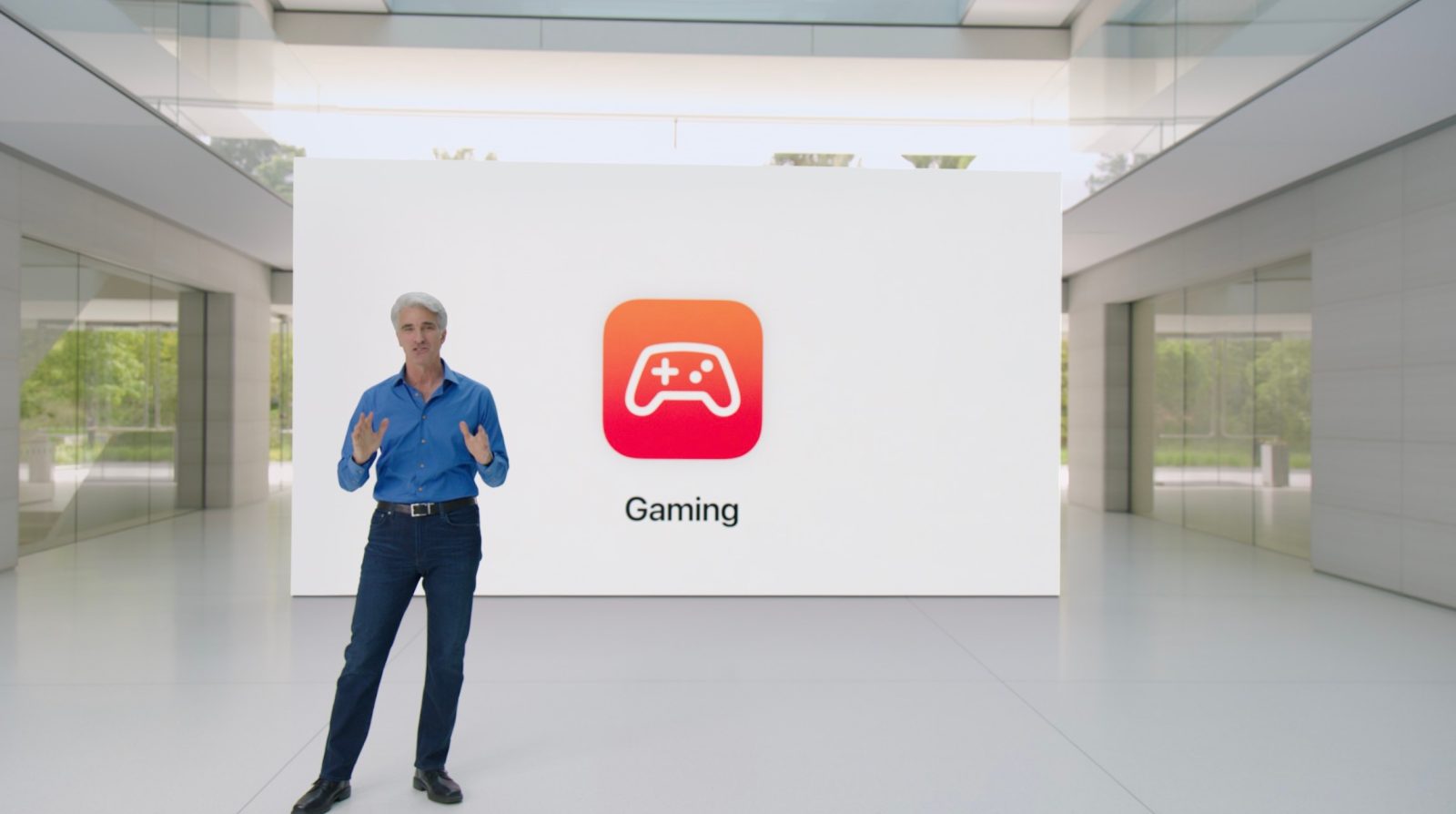
In a new interview with Raymond Wong at Inverse, Apple has offered an inside look at its work to turn the Mac into a powerful gaming platform. The interview comes as Apple has put a major emphasis on gaming throughout the year on the Mac and iPhone.
This story is supported by Mosyle, the only Apple Unified Platform. Mosyle is the only solution that fully integrates five different applications on a single Apple-only platform, allowing businesses and schools to easily and automatically deploy, manage, and protect all their Apple devices. Over 38,000 organizations leverage Mosyle solutions to automate the deployment, management, and security of millions of Apple devices daily. Request a FREE account today and discover how you can put your Apple fleet on auto-pilot at a price point that is hard to believe.

For example, Gordon Keppel, a Mac product marketing manager at Apple, emphasized how Apple Silicon has changed everything:
“Apple silicon has changed all that,” Keppel tells Inverse. “Now, every Mac that ships with Apple silicon can play AAA games pretty fantastically. Apple silicon has been transformative of our mainstream systems that got tremendous boosts in graphics with M1, M2, and now with M3.”
Leland Martin, a software marketing manager at Apple, added that Apple Silicon has also simplified the development processor for game companies on the Mac:
If you look at the Mac lineup just a few years ago, there was a mix of both integrated and discrete GPUs. That can add complexity when you’re developing games. Because you have multiple different hardware permutations to consider.
Today, we’ve effectively eliminated that completely with Apple silicon, creating a unified gaming platform now across iPhone, iPad, and Mac. Once a game is designed for one platform, it’s a straightforward process to bring it to the other two. We’re seeing this play out with games like Resident Evil Village that launched first [on Mac] followed by iPhone and iPad.
Apple has put a major focus on gaming across all of its platforms this year, including the Mac and iPhone 15. For example, the Game Porting Toolkit that launched as part of macOS Sonoma makes it significantly easier for developers to bring games from other platforms to the Mac.
In today’s interview, Martin elaborated on how Apple has already seen a boost in interest from developers thanks to the Game Porting Toolkit:
“We’ve definitely seen interest from developers and publishers like Kojima Productions (Death Stranding: Director’s Cut coming out in early 2024) and Annapurna Interactive Games (Stray) on how to take advantage of both parts of the Game Porting Toolkit,” Martin says. “When you download the toolkit, there’s really two parts to it. There’s that emulation environment and that’s helped demonstrate today’s game — you drop in an existing Windows game and see how well it could run on the Mac. The second part is the Metal shader converter and that’s there to help developers convert their tens of thousands of shader code into Metal. And they’ve praised how incredibly useful this is and how it’s saved them a bunch of time in their development timeline.”
The full interview at Inverse is well worth a read and can be found here.
Add 9to5Mac to your Google News feed.
FTC: We use income earning auto affiliate links. More.







